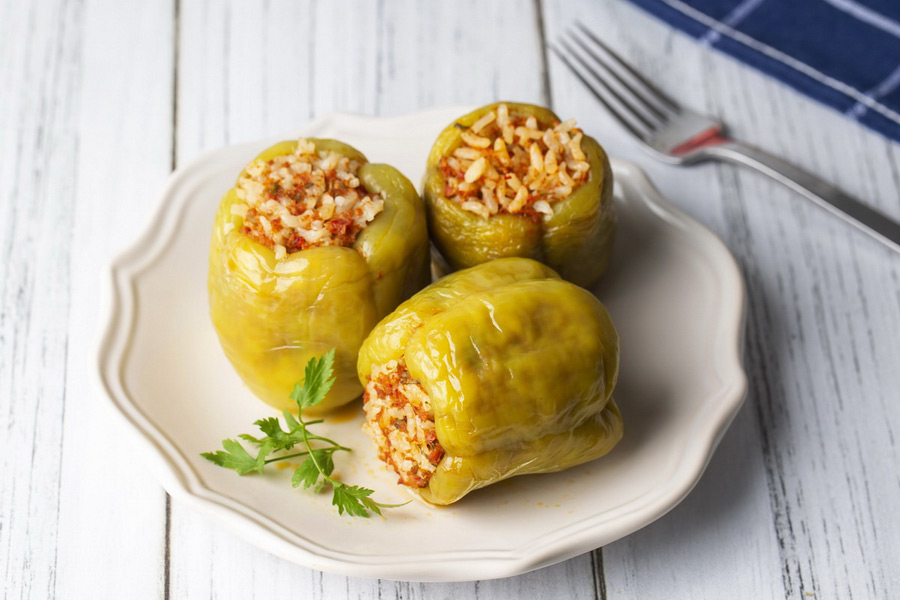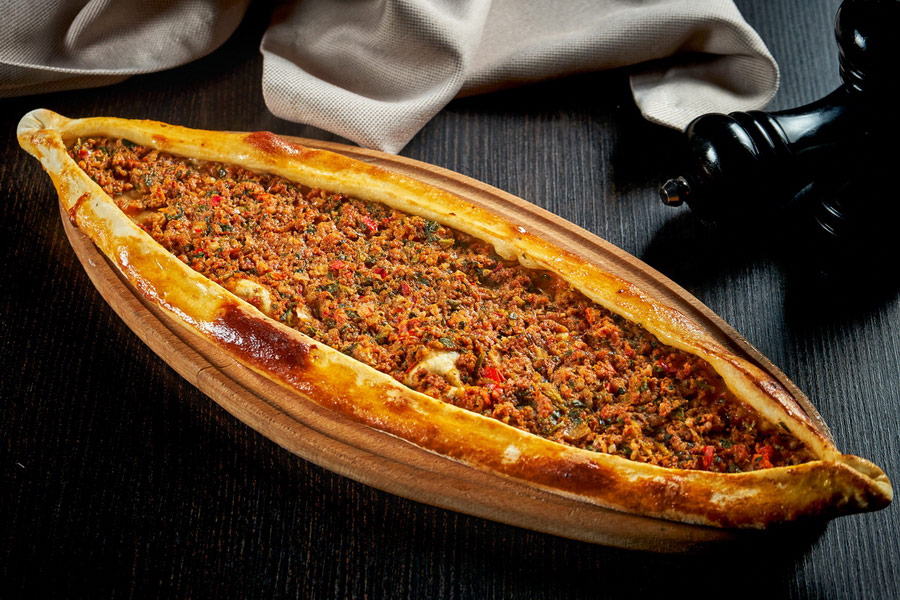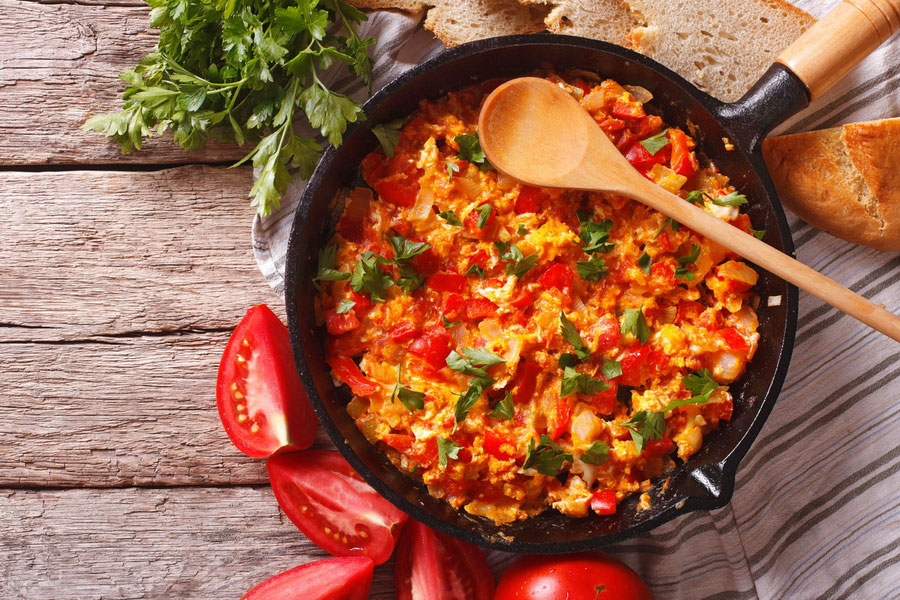Turkish Cuisine

Different periods, including those of the Central Asian Turks, Seljuks, and the Ottoman Empire, have significantly influenced Turkish national cuisine. Today, it encompasses a range of products and flavors that can satisfy even the most discerning guests. Moreover, throughout history, each region has developed its own traditional Turkish dishes.
The origins of Turkish food can be traced back to the Central Asian Period, when Turks migrated to Anatolia before 1040. Meat (horse and mutton), wheat, and fermented dairy products were always the primary components of their diet. Later, their culinary culture evolved upon settling on the fertile Anatolian lands, with vegetables and spices gradually becoming significant parts of their eating habits. Additionally, it was modified under Islam, adhering to dietary restrictions outlined in the Quran.
Although Turkey is often associated with kebabs, the doner kebab, as it is commonly known, only appeared in the 19th century. Determining the most ancient food in Turkey is challenging, but some folk tales refer to Tutmac, a soup made from noodles and green lentils, that has survived to the present day. According to some sources, this stew originates from the Oghuz Turks in Central Asia, who were known for their culinary practices in the Anatolian Seljuks and the Ottoman palaces. The Tutmac recipe varies by region.
Today's Turkish cuisine can be divided into the following regions: Eastern Anatolia, Southeastern Anatolia, Black Sea, Marmara, Aegean, and the Mediterranean.
Southeastern Anatolia's Culinary Culture

Dishes in Southeastern Anatolia are similar to those in Eastern Anatolia, rich in meat, tomatoes, and spices. Wheat and vegetables are also common ingredients, along with lentils, rice, and chickpeas. The region is known for its consumption of dairy products and red meat. Notable dishes include Turkish stuffed vine leaves (Yalancı Dolma) and Stuffed Bell Peppers, with fillings typically made from a mixture of bulgur, meat, rice, herbs, spices, tomato paste, and black pepper.
The Eastern Anatolian Cuisine
In Eastern Anatolia, major staples include meat, yogurt, and fresh herbs. The region's mountainous terrain and harsh climate have led nomadic inhabitants to prioritize the storage and transportation of food, influencing their dietary habits. They often consume dishes rich in protein and fats. For example, Çağ Kebabı, made with lamb marinated in onions, pepper, and salt for more than 10 hours before being cooked over a wood fire, is a popular dish in this region. Other frequently served meat dishes include Buryan Kebabı, Yuvarlama Çorbası, and Harput Köftesi.
Turkish Black Sea Cuisine

The Black Sea cuisine is characterized by its use of corn and anchovy, with more than 20 dishes made from these ingredients. Anchovies, or hamsi, are a staple, prepared in various ways. Muhlama (Kuymak), a cornmeal and cheese dish, and Pide, a type of pizza, are regional specialties.
Marmara, Aegean, and Mediterranean Cuisine
These regions are known for their olive oil and vegetable-based dishes. The Aegean region, in particular, uses a wide array of herbs and vegetables, making it a paradise for vegetarians. Traditional dishes often feature grains, seafood, dairy, and spices.
Turkish Vegetarian Dishes

Menemen, a dish made with eggs, tomatoes, and green peppers (not fried eggplants), reflects the Mediterranean influence. Batırık, a specialty from Mersin, and Börek, a pastry with various fillings including spinach and leek, highlight the diversity of Turkish vegetarian options.
Turkish cuisine's diversity offers a rich culinary experience, reflecting the country's historical and regional influences. From hearty meat dishes to vibrant vegetarian options, Turkey's culinary heritage invites exploration and enjoyment.

